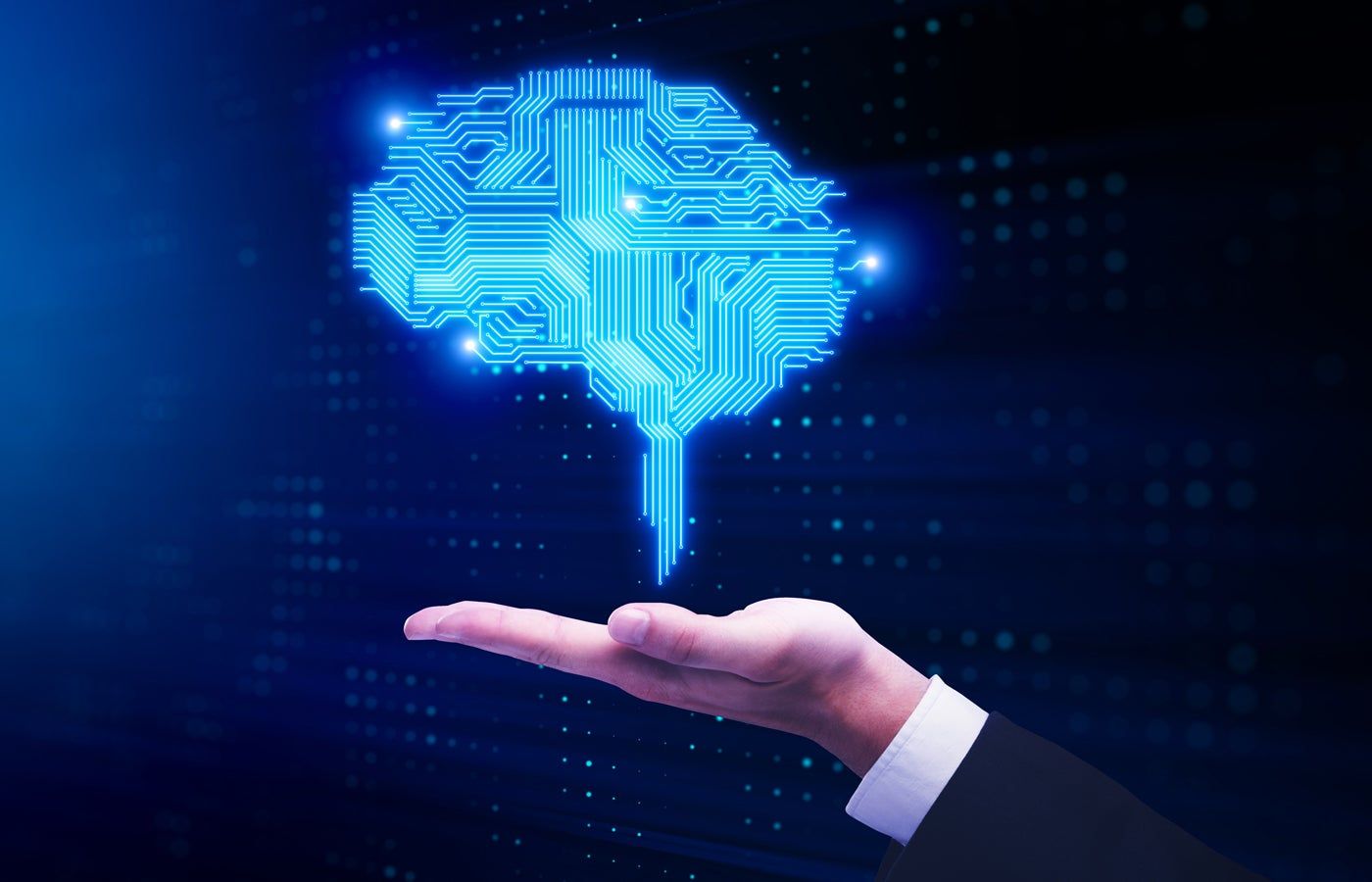More than three-quarters of Australian businesses are excited about the opportunities AI presents to them. A lack of AI talent and skills is holding back some projects, but we are already seeing remarkably innovative uses of AI from companies that have been in a position to take advantage of first-mover advantage. AI is also being integrated into every industry and sector, resulting in incredible innovation that is very specific to that sector.
Below are notable examples of Australian companies using AI in innovative ways.
1.BHP
One of Australia's largest manufacturing companies, BHP, has adopted artificial intelligence solutions to optimize the process of loading and unloading iron ore onto trucks and then loading it onto ships for export.
This “machine vision technology” is important because unexpected increases in the volume of iron ore being loaded or unloaded can cause spills and damage to transportation infrastructure. With the support of AI to monitor loads, BHP now operates more safely and achieved production savings of 105,000 tonnes in just one area of its operations for the 2022-2023 financial year.
2.Telstra
Australia's largest telecommunications company uses AI in customer service to improve product recommendations and help customers get the results they are looking for faster.
Telstra also uses AI on its own networks and systems to help identify potential problems and flag cyber threats. As with any telecommunications company, Telstra is a particularly attractive target for cybercrime, so having the kind of real-time monitoring and response that AI enables is particularly important.
3. Town Hall
AI also has applications in the public sector. A local council (which remained anonymous) partnered with a local artificial intelligence company to deploy surveillance tools that would monitor school zones for traffic and compliance violations.
As a result of this deployment, the council was able to increase the reach and rate of school zone patrol by 900%. Automation also supported the submission and tracking of infringement claims and, being automated and technology-driven, there was no risk of bias. The end result has been better enforcement and, more importantly, safer school zones for children.
4. Tesoro wine estates
As an agricultural business, Treasury Wine Estates is greatly affected by weather and climate events. Vineyards are particularly susceptible to everything from frost to wildfire smoke; Even if the plants are saved, the flavors of the harvest can be destroyed and the grapes are effectively unusable for winemaking.
Treasury Wine uses climate data and an artificial intelligence algorithm to make its own forecasts based on what will affect its crops. In addition to being able to prepare for frosts and fires, this artificial intelligence system helps optimize water use by calculating the exact amount needed strain by strain.
5. Kakadu National Park Management
One of the most complex national parks to manage in Australia is Kakadu in the Northern Territory. It is one of Australia's largest national parks and also one where conditions can be difficult to work in, with temperatures regularly exceeding 40 degrees and humidity exceeding 60%.
To address this challenge, CSIRO worked with Microsoft and the Kakadu Rangers to develop a system for drones to take large numbers of photographs quickly and then a software solution to help analyze the data and monitor ecosystems across the national park. This application of AI was directly related to the restoration of a large colony of magpie geese in wetlands that had previously been choked by weeds.
6. Royal Perth Hospital
Royal Perth Hospital has adopted a solution called HIVE (Health in a Virtual Environment) to assist ground staff by continuously monitoring the condition of patients who need to be closely monitored. The system tracks vital signs, including heart rate, blood pressure and oxygen levels, and any abnormalities are immediately flagged to the HIVE command center, and staff can instantly communicate with nurses and doctors. through audiovisual units.
This system ensures patients receive the best possible level of care, while freeing staff to move and work efficiently, confident that critical patients continue to be closely monitored.
7. Commonwealth Bank
CommBank has always enthusiastically embraced technology and taken a leadership position in AI applications and implementation. The bank is using AI to read, analyze and process customer documents more quickly, halving the time it takes to verify someone's income to process a loan.
Internally, CBA uses generative AI to optimize internal processes, including coding. For example, the company accepted nearly 80,000 lines of code recommended by GitHub Copilot, significantly increasing the speed at which engineers can work.
8. Sydney Airport
Another valuable use of AI is to analyze data in real time and use it to provide feedback. This is what Sydney Airport has done in collaboration with Google, after launching an AR-enhanced application that uses AI to scan tens of billions of images within the airport and understand where the user is. From there, you can provide wayfinding assistance and help passengers locate boarding gates, baggage claim, retail and food outlets, restrooms, and more.
In addition to saving passengers the need to find an information kiosk, the app is multilingual and designed to help overcome language barriers when navigating the complexity of hugely complex airport environments.
9. The National Pickleball League
If you haven't heard of Pickleball yet, chances are you will in the near future. This is one of the fastest growing sports around the world, including in Australia, and part of what is driving it is the adoption of AI.
Australia's National Pickleball League has partnered with PlaySight, an AI-powered sports video and analytics company, to give NPL members the ability to record, live stream, analyze and share highlights and replays online . In addition to allowing the automation of marketing content to support the sport, this platform is a useful analysis tool to improve player performance and the strength of competition in the league.
What Australian IT professionals need to know
AI can be deeply rooted in the same processes that underpin each sector. Previously, professionals used laptops, word processors, spreadsheets, and sensors to collect and analyze data, but the technology was different from the work. With AI, there is an opportunity to integrate technology into work itself, and this is what the most progressive and technically prepared organizations are adopting.
For IT professionals, it means that the application of AI technology can be very different from one sector to another. An IT professional working for a winery will have a completely different intended use of technology than one supporting Sydney Airport.
This, in turn, means that IT professionals will need to develop a deep understanding not only of the technology but also of the sector and business in which they work. As a result, we may see less movement between sectors by IT professionals seeking new job opportunities, and AI will be the catalyst for IT professionals to become even more deeply embedded business enablers and leaders within their sectors.










